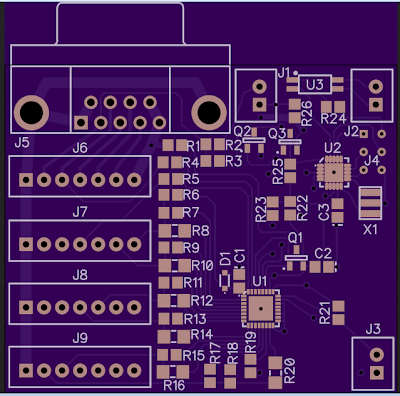Thanks for the encouragement.
As I understand it, David's board is 4x6 or 24 square inches for each 6S "unit". He is planning for much higher balance current, so there will be more heat generated, but balancing will be much faster.
My present design (both our designs are evolving, so any comparison is subject to change) is about 2x2 inches, or 4 square inches per 6S unit. I'm planning to use low balance currents, so there will be little heat generated but balancing will take a lot longer.
I'm finding (as others here on ES have pointed out) that the Lipo batteries require very little balancing. My 18S4P pack has not been balanced in a year and the number of charge cycles is around 250 (I haven't looked at that data recently). I'm seeing 20-30 millivolt differences at worst, so each charge cycle only needs to correct about 0.1 millivolt. The bike is ridden less than one hour per day average, so there are 23 hours available to charge and balance. So gentle balancing seems to be sufficient. The most important thing is not to overcharge, so if the pack begins to get too far out of balance the charge must be stopped when any one cell group gets to the stopping voltage (4.2 volts). After balancing, more charging can take place, so the full capacity can be restored. If this happens on every charge cycle the cell group is weak or possibly failing and should be investigated.
My present design detects voltage from the charger and decides to charge (or not) as the battery pack needs.


